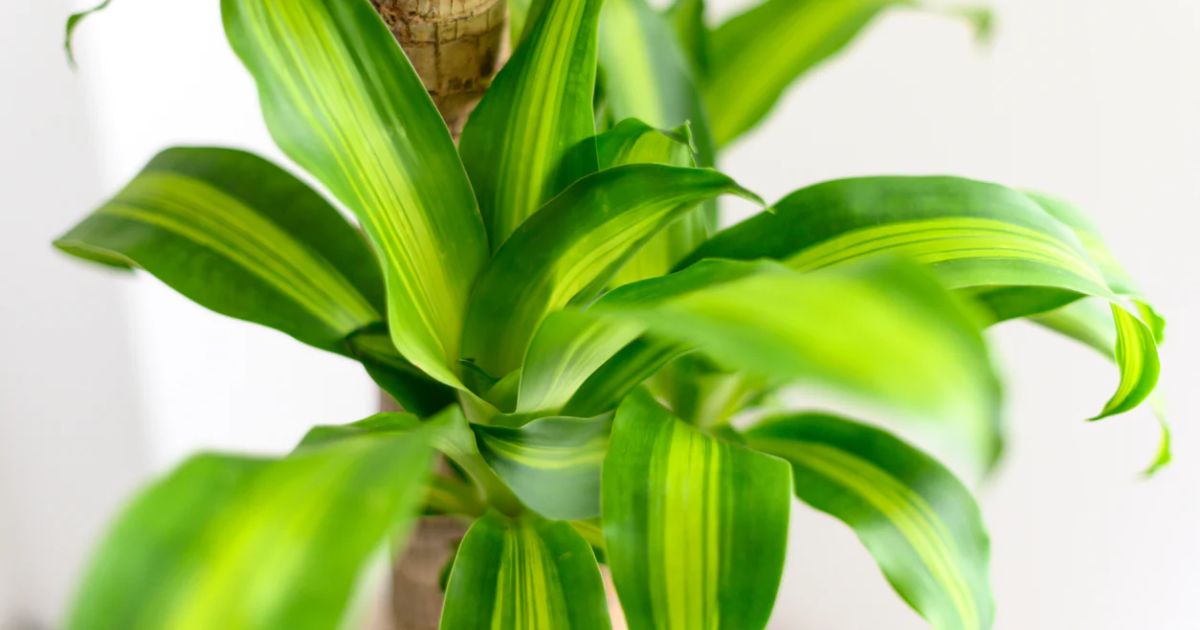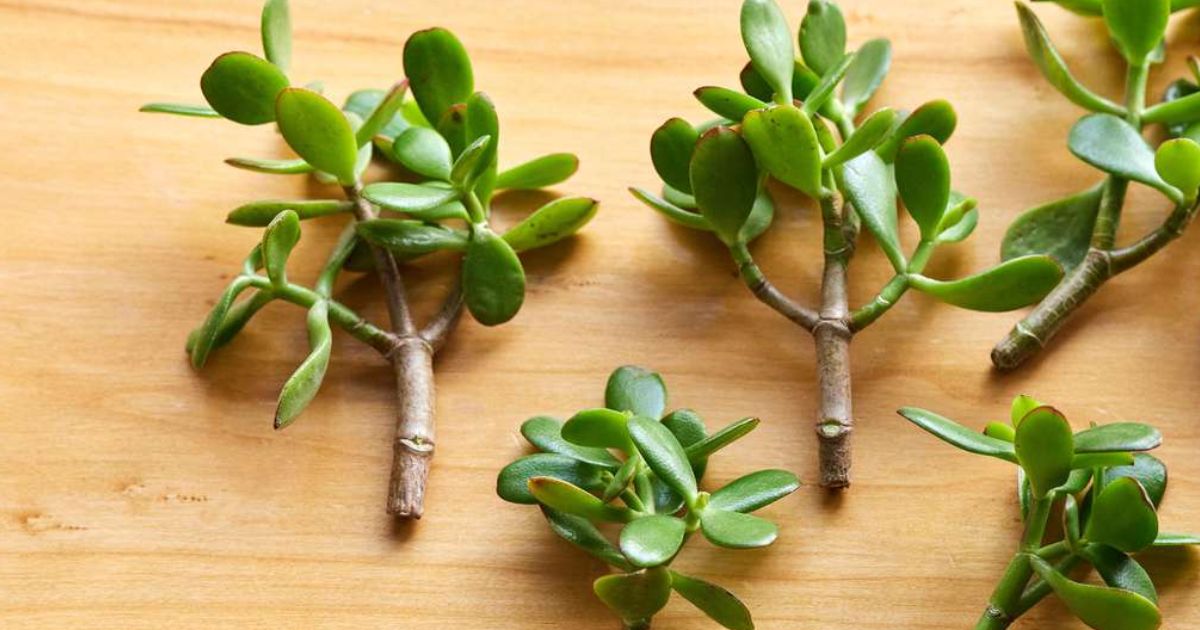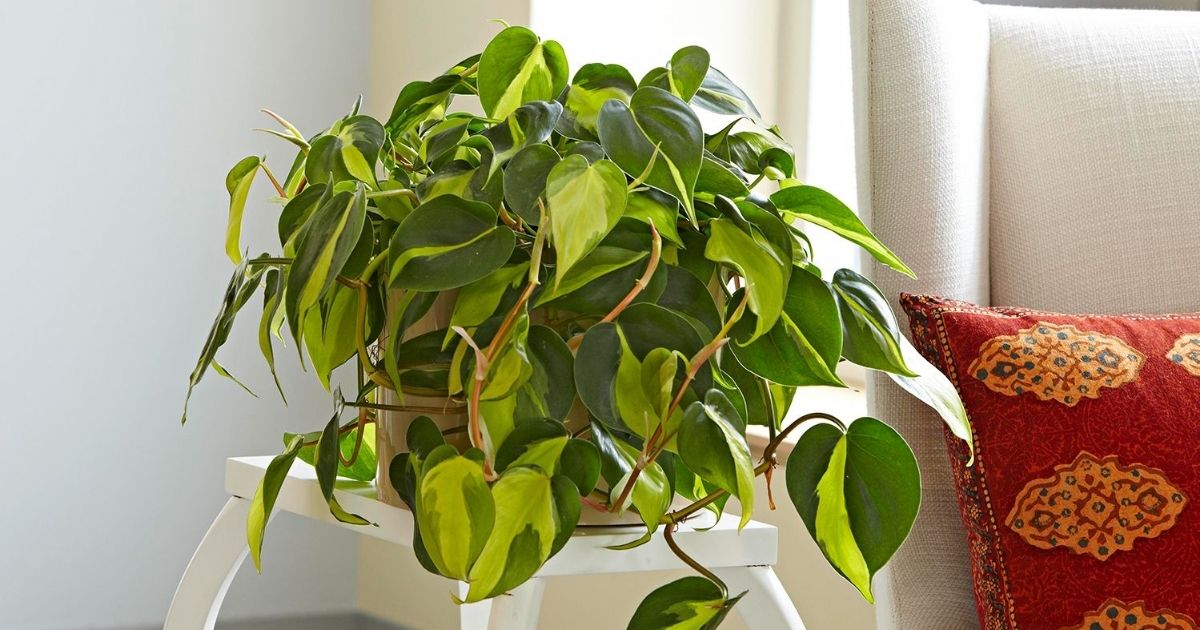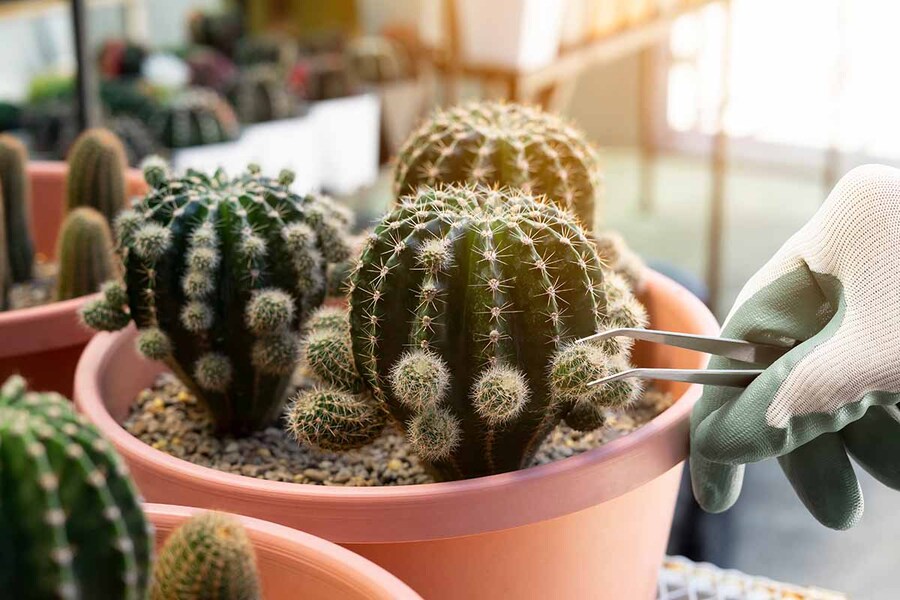How To Propagate Fiddle Leaf Fig: Step-By-Step Guide for Beginners
Fiddle leaf fig is a plant with stunningly flowing leaves. It can make any indoor space look green and fresh. Learn how to propagate fiddle leaf figs in this article. Whether plant cutting in soil, water, or by air, our simple steps ensure success right at the first time.
What Is The Best Time To Propagate Fiddle Leaf Fig?
The best time to propagate a fiddle leaf fig is during its busy growing season, spring to summer, specifically from April to June.
During this time, it's easier for the plant to grow new roots and split into different pieces, as it can take advantage of the warmer temperatures and increased sunlight.
You can also try making new plants during fall and winter, but be aware that the bloom might not grow as expected.
How To Propagate Fiddle Leaf Fig: 3 Simple Ways
Here are the 3 simple ways to propagate fiddle-leaf fig plants in soil, water, and air:
Propagate Fiddle Leaf Fig In Soil
Soil-rooting branch cuttings are the most popular method for propagating fiddle leaf fig plants. Thanks to the nutrients and warm soil, this method can make the root grow effectively. Let's follow these steps.
- Get Branch Cuttings: Use clean scissors to cut a branch from your fiddle-leaf fig. It's better to choose a healthy stem and ensure it has three or four leaf nodes, as these are the bumpy points where the leaves emerge. Then, remove the leaves from the cutting's lower half.
*Tip: To create a live plant, cut a 6-inch stem at a 45-degree angle directly beneath the node.
- Use Rooting Hormone: Dip the cut end of the branch of the cut end into the rooting hormone (dip 1" -1.5"), covering it completely. Try again after gently dampening the cutting if the powder doesn't stay.
- Prepare the Pot: Fill a small or medium-sized pot with well-draining soil with a pH of 6-7. Water the soil until damp, then make a small 1 "-2" hole in the center. Choose from the list of recommended planting pots.
- Plant the Cutting: Place 1/3rd of the cutting branch into the hole and gently press the soil around it.
- Cover for Humidity: Put a clear plastic bag over the pot to keep humidity high. Remove the bag briefly daily for 10-15 minutes to let in fresh air.
- Keep soil moist: Water the soil lightly when the top inch starts to dry out. Wait for new growth before watering thoroughly. With the proper care, roots should begin growing in a few weeks.
*Note: Check the cutting for new roots by gently plucking them if they appear at the nodes after 4-6 weeks.
Propagate Fiddle Leaf Fig In Water
The other technique for multiplying fiddle leaf fig propagation is soaking cuttings in water to root them. This method provides clear monitoring of root growth and ensures the cuttings have the right time to plant. Follow this guide:
- Get Branch Cuttings: Use clean scissors to cut a branch from your fiddle-leaf fig. Make sure it has three or four leaf nodes along the stem. Take off the leaves from the bottom section of the cutting.
- Put Cuttings in Water: Fill a glass container with room-temperature water and place the cutting inside. Ensure the nodes are submerged in water while the leaves stay above the surface. Change the water weekly to keep it fresh.
- Find a Bright Spot: Place the container in a warm area with bright, indirect light, avoiding direct sunlight. In a few weeks, roots should begin to grow.
*Note: You should check for roots emerging from the notes once a week. It takes around 4-6 weeks.
- Plant Rooted Cutting in Soil: Once the roots are 1-2 inches long, transfer the cutting to the soil. Fill a small pot with well-draining and organic soil, plant the cutting, and water it thoroughly. Keep it in a warm, bright place and water it regularly for 1-2 weeks to help the roots adjust to the soil.
Propagate Fiddle Leaf Fig By Air
Gardeners often use air layering as a propagation technique for woody plants, such as trees and shrubs. Air layering can help new roots grow faster and survive better on the stem as it absorbs enough nutrients for parent plants. To grow a fiddle leaf fig by air layering, follow these instructions.
- Identify the Node: Choose a branch on your fiddle leaf fig that you want to use for a new plant. Create a 1.5—to 2" incision along the outside tissue without cutting the branch off. Apply powdered rooting hormone to the incisions.
- Prepare Moss: Soak sphagnum moss in water for 10 to 15 minutes to rehydrate it. Squeeze out excess water so it's moist but not dripping.
- Apply Moss to Node: Wrap the moist moss around the chosen node on your fiddle leaf fig branch. Secure it in place with clear plastic wrap.
- Keep Moss Moist: Check the moss once or twice a week. If it's starting to dry out, spray it with water using a spray bottle.
- Remove Rooted Branch: Once the roots are 1"-2" long, cut the rooted branch from the mother plant just below the new roots using pruning shears.
- Plant Rooted Cutting: Fill a small pot with well-draining soil. After planting the roots, give them lots of water and put them somewhere warm and sunny. Keep the soil uniformly wet for the first 1-2 weeks to aid in the roots' adjustment.
How To Care For Propagate Fiddle Leaf Fig
Growing new plants requires patience and attention to detail at every step. Taking close care of your baby fiddle leaf figs is essential to ensure they grow strong and healthy for the best planting. Follow these easy maintenance tips:
- Light and Location: Place your plant in an area that receives bright, indirect light. Keep the leaves out of direct sunlight as it might burn them.
- Watering: Water only when the soil seems dry, about one inch down, to ensure the soil is damp but not soggy.
- Soil: Use fast-draining soil like to keep your fiddle leaf plants healthy. This soil allows the roots to breathe by supplying equal hydration and aeration.
- Humidity and Temperature: Keep the temperature between 60°F and 75°F and the relative humidity between 40% and 60%.
- Avoid Sudden Changes: Avoid moving the plant suddenly, as sudden light, humidity, or temperature changes can stress it out.
- Fertilizing: During the growth season, fertilize your plant every 2-3 weeks using a balanced fertilizer. Look for one with 3:1:2 proportions of potassium, phosphorus, and nitrogen.
- Pruning: Remember to prune your plant in the spring and summer to stimulate growth. Always use clean pruning instruments to prevent the spread of illness.
With the easy steps in this guide, anyone can learn how to propagate fiddle-leaf figs and successfully create new plants from cuttings. You'll soon add beautiful fiddle-leaf figs to your home garden by choosing the suitable methods and giving them proper care.
Frequently Asked Questions
1. Can I Grow A Fiddle Leaf Fig from A Cutting?
Yes, you can grow a new fiddle-leaf fig from a cutting. It's a common and effective way to propagate fiddle leaf.
Take a piece from a healthy plant, follow some of the care steps in this guide, and, with patience, encourage it to grow roots and become your plant. With the proper care, you have a good chance of success, whether you decide to root it in water, soil, or air.
2. How Long Does It Take A Fiddle Leaf Fig to Root in Water?
Fiddle leaf fig cuttings typically take 4 to 6 weeks to root in water. However, this process can depend on the health of the fiddle leaf fig cutting, the environment, and the type of fiddle leaf figs.
It's essential to regularly check the cutting for signs of root growth during this time.
3. What Happens If You Cut The Top off A Fiddle Leaf Fig?
Cutting the top off a fiddle-leaf fig encourages vigorous new growth, resulting in a fuller, bushier plant.
If you want your fiddle-leaf fig plant to grow bushier new branches, the best place to cut them is at the top of the main stem. But to make new plants, you should cut a spot on the stem or branch between two nodes.
4. How Do You Cut A Fiddle Leaf Fig?
Follow these steps to cut a fiddle leaf fig successfully.
- Choose the Right Time: Spring or early summer, as this is the growing season of fiddle leaf fig.
- Select the Branch: Select a branch with 3-4 nodes, a few leaves, and enough sturdiness to sustain the growth of new plants.
- Equip Your Tools: Use clean pruning shears, knives, or scissors. Remember to use rubbing alcohol to sanitize the blades and stop the spread of illness. You can use tool for propagate stem.
- Make the Cut: Position your pruning tool just above a leaf node or bud. Make a clean cut at a 45-degree angle to the branch.




